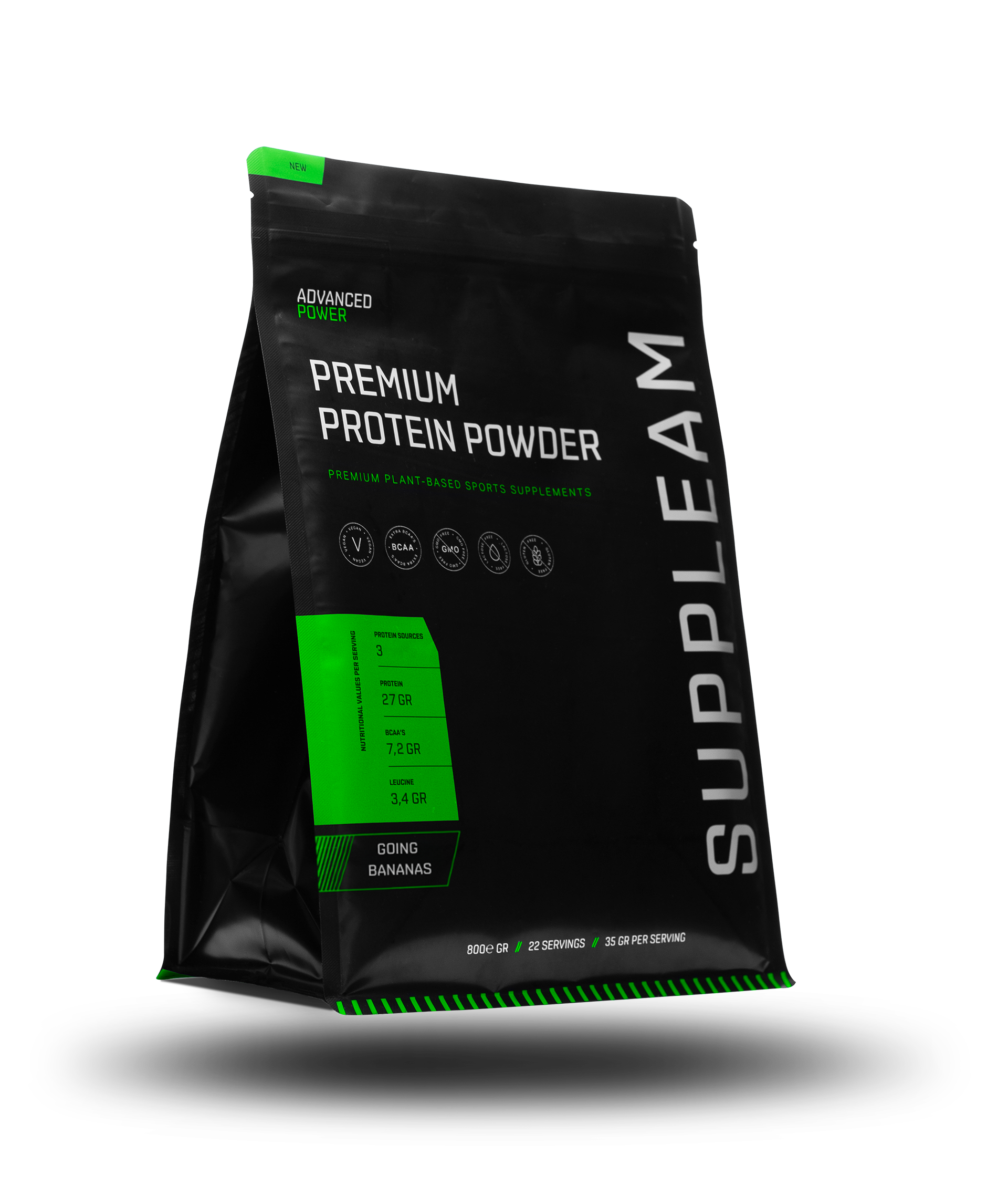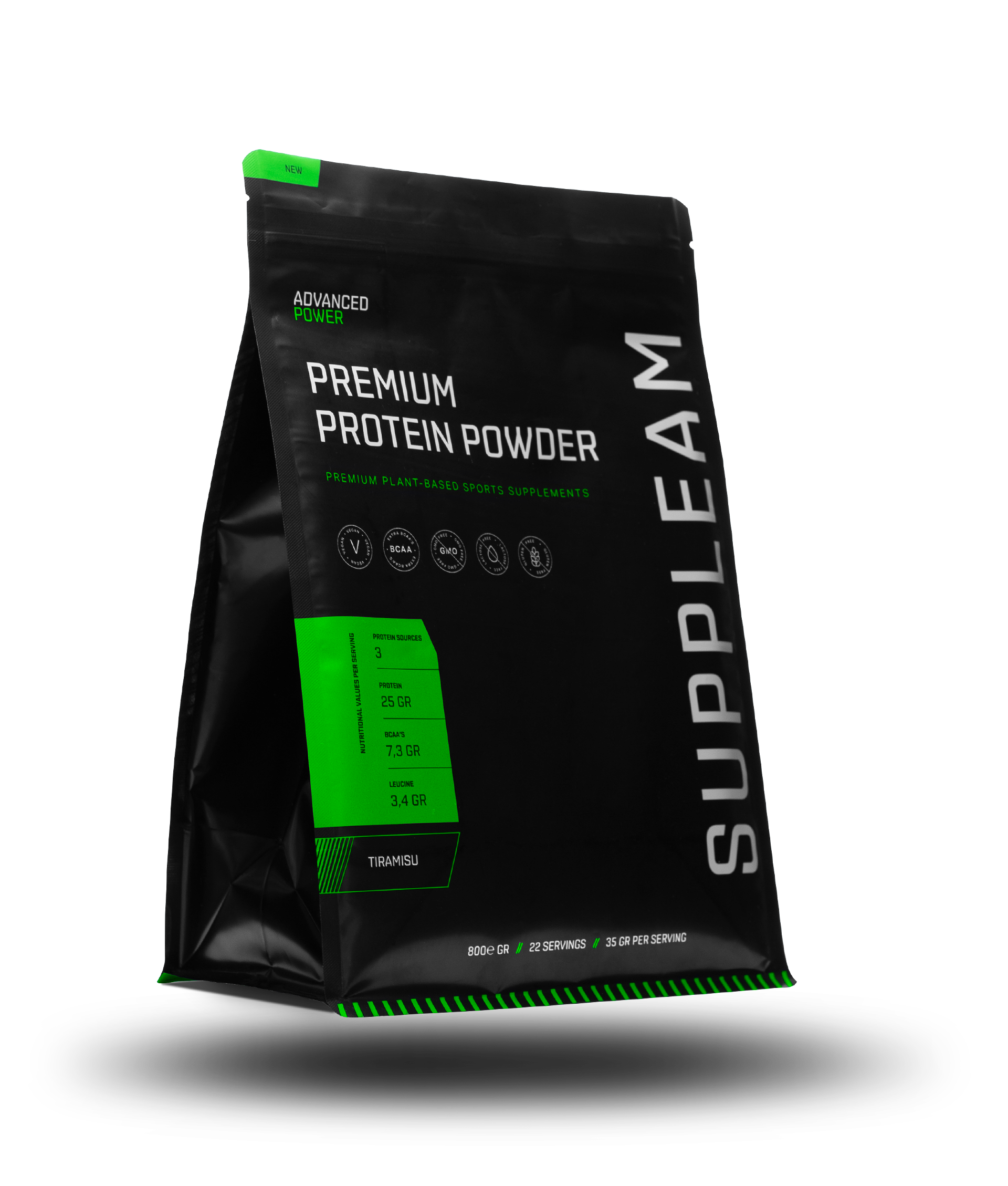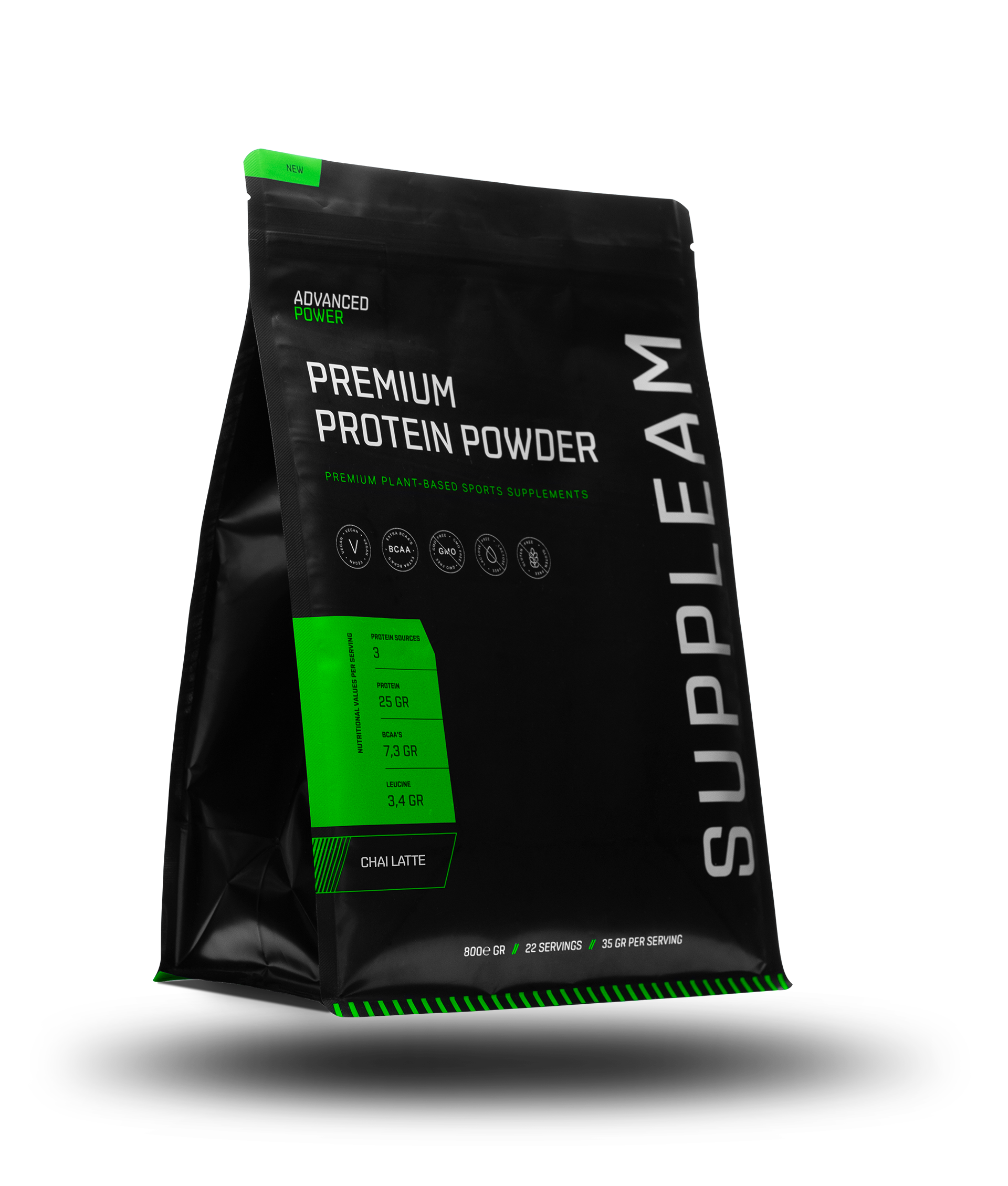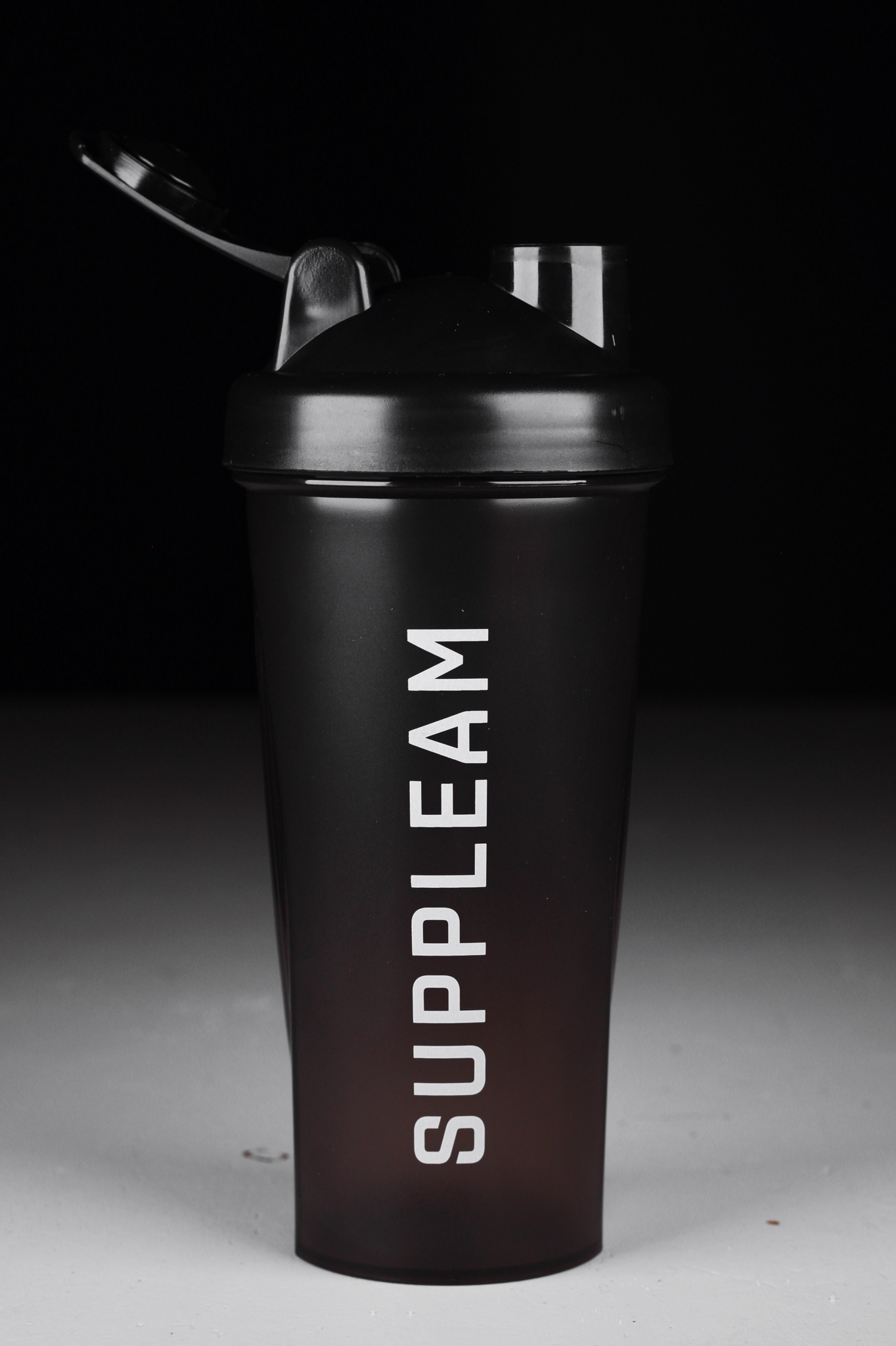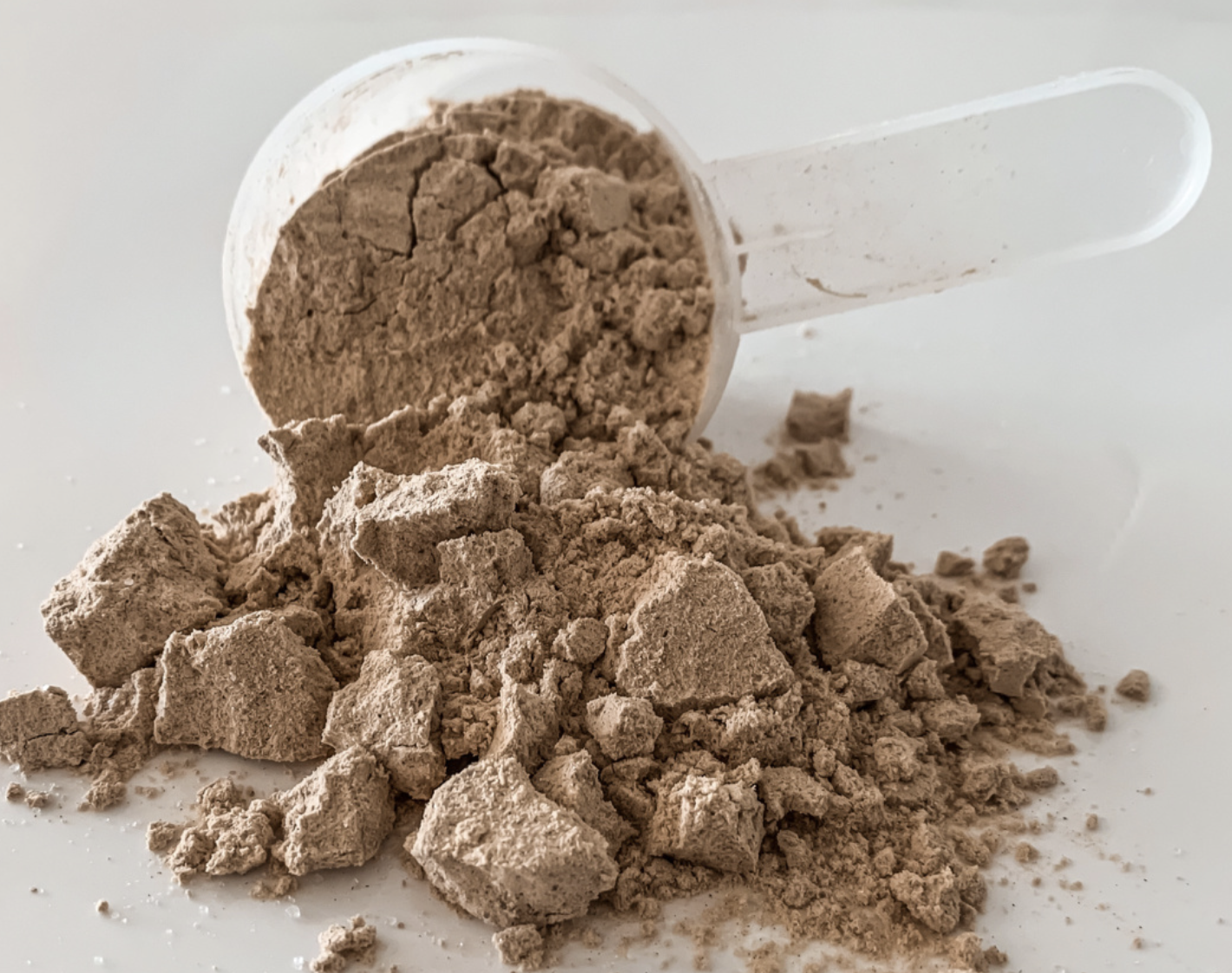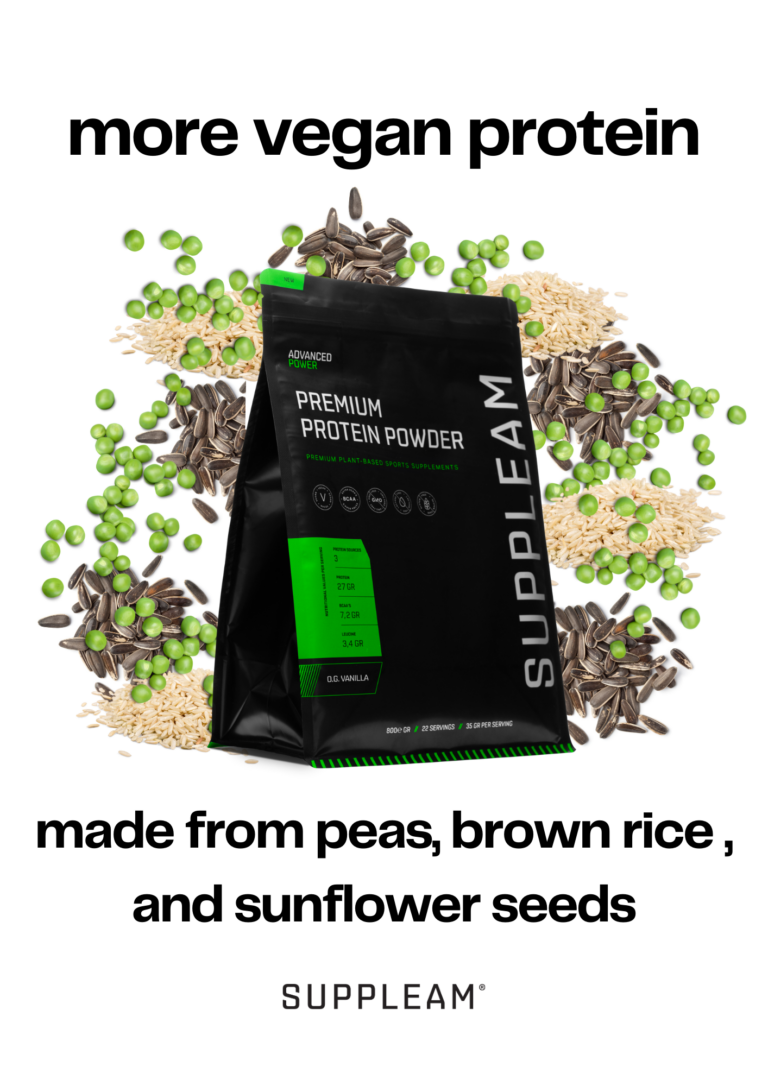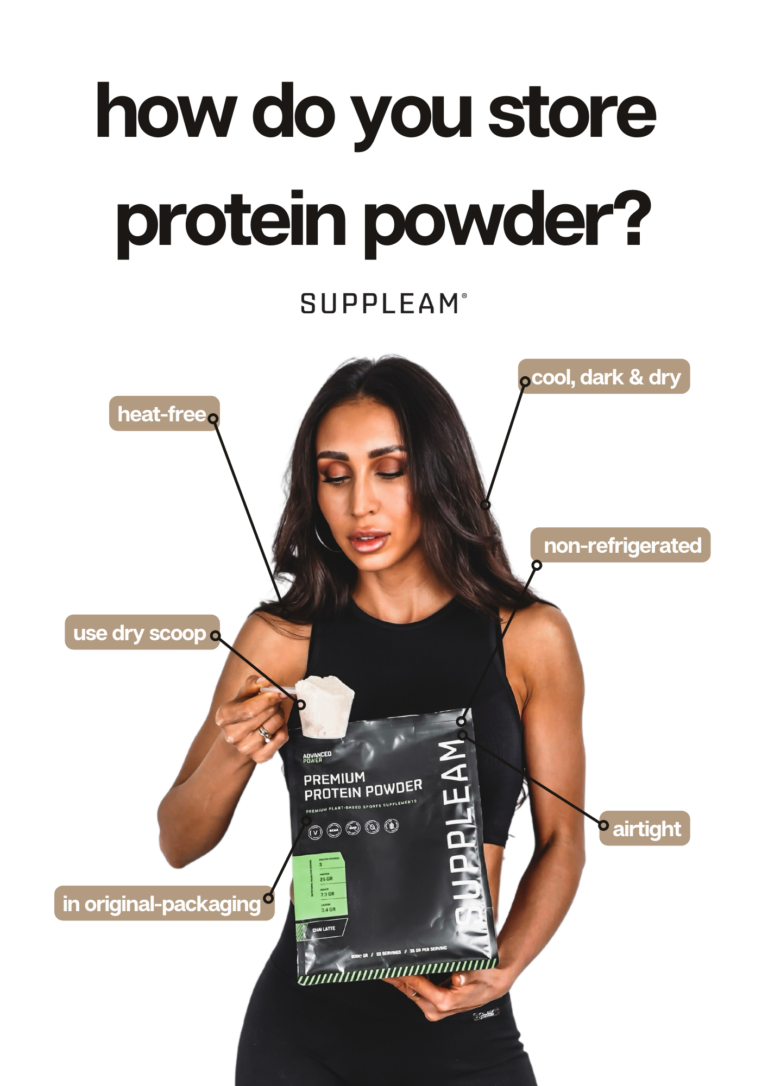If you want to eat more plant-based and you don’t know where to start, then we have some practical tips for you to make the transition easier. The first step is to understand what a plant-based diet is and what the difference is between a plant-based diet, vegan eating and a vegan lifestyle.
Written by A.L. Oosterling BSc sports dietitian, NSCA-CPT, ISAK anthropometrist
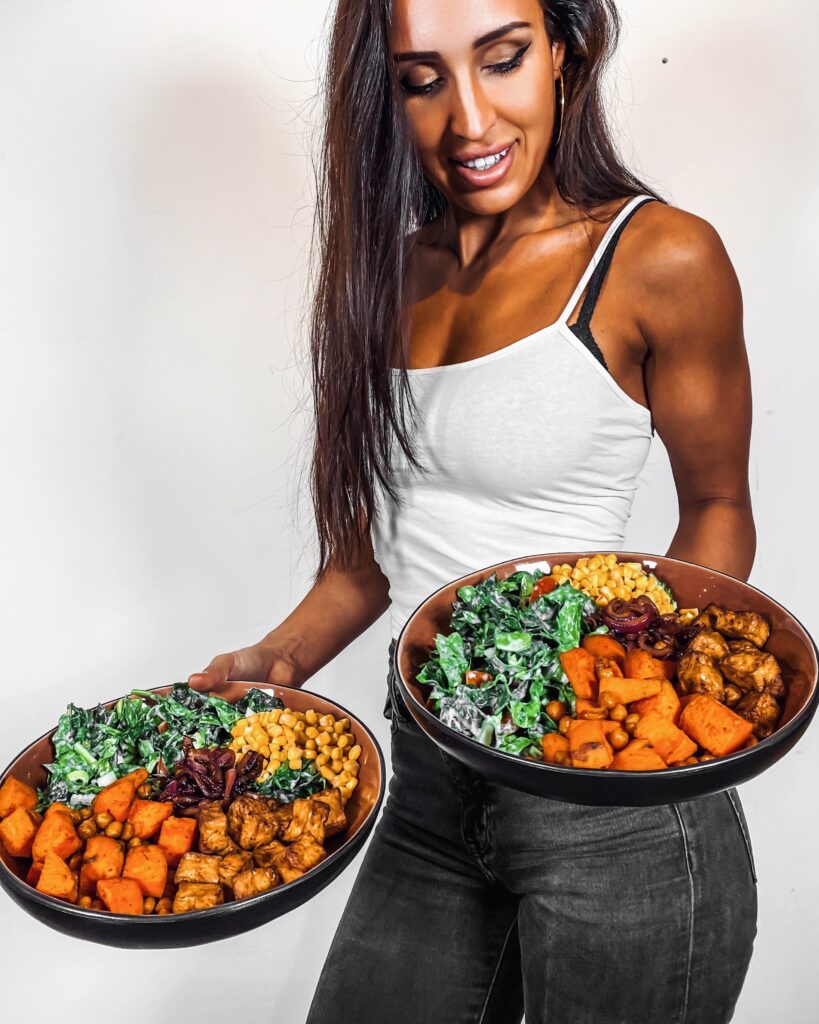
What is a plant-based diet?
A plant-based diet is not a set specific diet. According to the World Health Organization (WHO), a plant-based diet is an umbrella term that encompasses several diets. What these diets have in common is that they emphasize plant-based eating and deliberatly reduce or avoid consumption of animal products. So, a plant-based diet is not necessarily a vegan diet that avoids all animal products, but it can be.
Examples of plant-based diets are:
- Pescotarian (no meat, but does include fish, dairy, eggs)
- Flexitarian (mostly plant-based, but occasionally or in small amounts also includes meat, dairy, eggs, chicken, fish)
- Vegan (no animal products or products derived from animal products like honey, not even in small amounts)
What is plant-based eating?
Plant-based food or plant-based nutrition is all food that comes from plants. Plant-based foods contain no animal ingredients and are therefore “vegan” by definition.
What do you eat when you eat vegan?
Vegan food is food that is 100% plant-based. There is no trace of an animal in it and therefore no honey, gelatin, dairy, eggs, animal rennet, animal fatty acids or other animal e-numbers*.
This falls under vegan food:
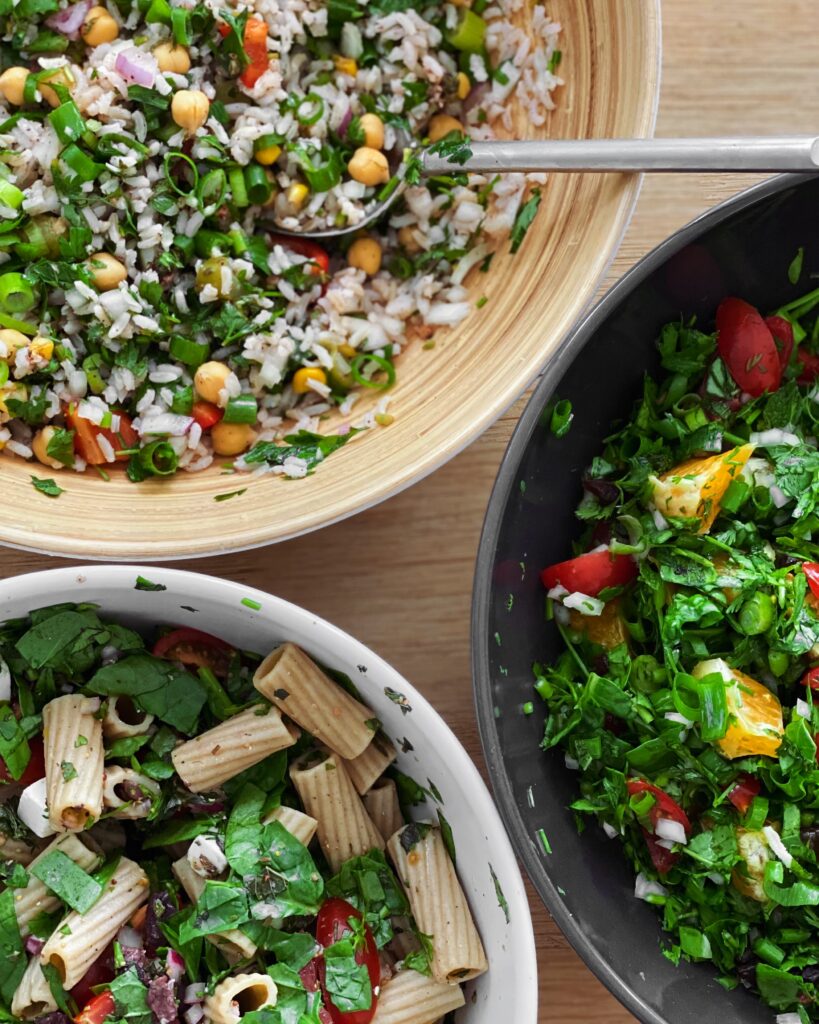
- All types of (fruit) vegetables. Examples include: spinach, pumpkin, broccoli, leeks, endive, kale, carrots, onion, bean sprouts, mushrooms, asparagus, (sweet) potatoes, bell peppers, avocado, tomato, olives, etc.
- All types of (dried) fruits and products made from (dried) fruits. Examples include: strawberries, apples, bananas, peach, watermelon, kiwi, blueberries, mango, pineapple, coconut, etc.
- All types of cereals and grain products without eggs, butter, milk or animal-based enhancers*. Examples of grains include: rice, rye, wheat, oats, spelt, teff, barley, millet and sorghum. Examples of grain products are bread, pasta, breakfast cereals, seitan, oat drink, oat yogurt.
- All types of pseudocereals or pseudograins. Pseudocereals or pseudograins are officially not real grains, but seeds. They are called pseudogranes because they have similar preparation properties as regular grains. Examples of pseudogranes are: quinoa, amaranth (kiwicha), buckwheat.
- Legumes and products made from legumes. Examples of legumes include kidney beans, lentils, lupine, chickpeas and soybeans. Examples of products made from legumes include: tofu, tempeh, soy drink, soy yogurt, hummus, pasta made from soybeans or lentils.
- Nuts and products made from nuts.Examples of nuts are almonds, walnuts and cashews. Examples of products made with nuts are: cashew butter, hazelnut butter, walnut oil.
- All types of seeds and kernels and products made from seeds and kernels. Examples of seeds and kernels include: flaxseeds, sesame seeds, chia seeds, sunflower seeds and pumpkin seeds. Examples of products made from seeds and kernels are: tahini, flaxseed oil and sunflower seed oil.
- Processed meat substitutes. Examples of processed meat substitutes made without eggs or dairy are vegan ground beef, vegan chicken pieces, vegan sausage, vegan burgers, vegan schnitzels;
- All kinds of herbs and spices: dill, cilantro, basil, oregano, parsley, mustard seed, etc.
Please note that some pre-mixed herbs and spice blends may contain anti-caking agents, flavor enhancers or thickeners of animal origin. Check the ingredient list on e-numbers.*
The difference between vegan food and a vegan lifestyle (veganism)
In short, vegan eating is about the diet, so, on what you eat, while a vegan lifestyle (veganism) is about a broader set of choices and activities aimed at reducing the impact on animals and the environment in all aspects of life. People may choose to eat only vegan, but for others, veganism is a comprehensive lifestyle that affects their choices in all areas of life.
Differences between vegan eating and veganism listed:
| Vegan Food | Vegan Lifestyle: Veganism |
| – Vegan eating refers to the dietary part of veganism. People who eat vegan avoid all animal products in their diet, including meat, dairy products, eggs, honey and other animal by-products. – Vegan eating focuses on what a person eats and does not necessarily concern other aspects of a lifestyle, such as clothing choices, cosmetics, and so on. | – A vegan lifestyle is much broader than just the diet. In addition to vegan food, a person with a vegan lifestyle can choose vegan clothing and shoes (without leather, fur, silk, wool, etc.), vegan cosmetics and personal care products that are not tested on animals. In addition, vegans also often avoid all other products and activities that use and can harm animals, for example, a circus with animals, zoos, and all other activities that involve animals, for example, horseback riding. – Veganism as a lifestyle that is often based on ethical and environmental considerations, with people trying to minimize the negative impact of their choices on animal welfare and the planet. |
Eat more plant-based with these 5 practical tips
Whether you opt for a full vegan lifestyle or want to occasionally introduce more vegan food into your daily routine, there are some steps that can help you make a smooth transition to more plant-based.
These 5 tips will help you get started:
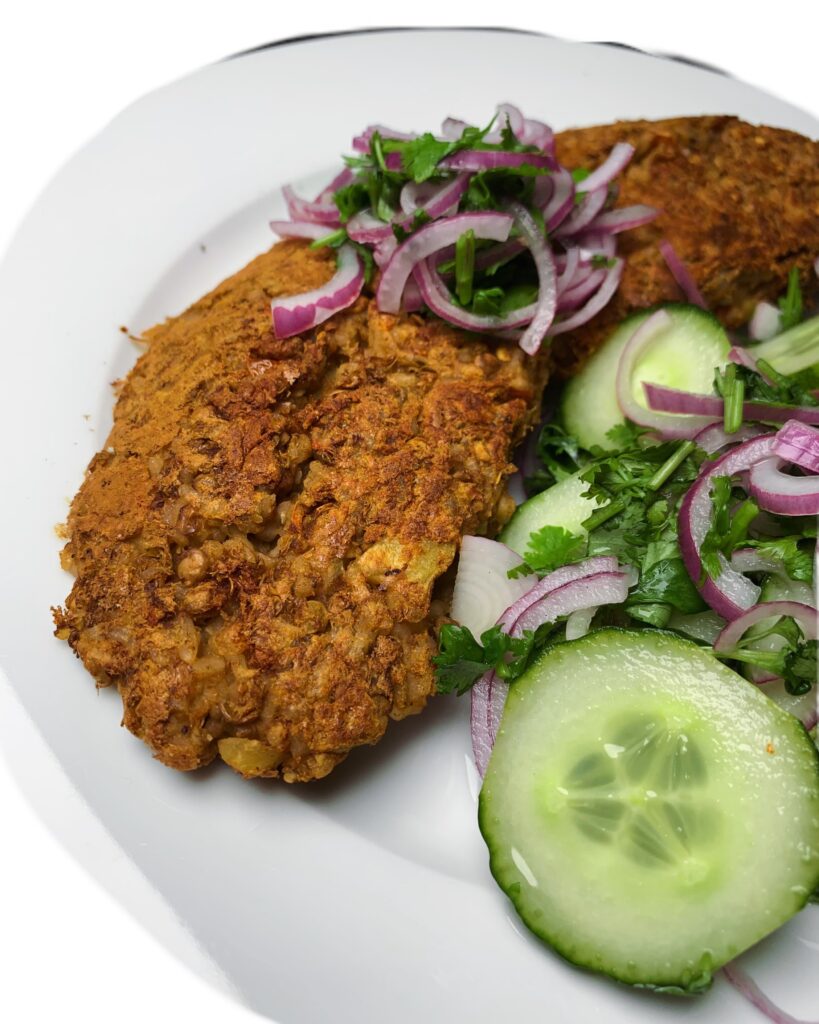
- Start with small steps, 3 ideas:
– Don’t make meat the protagonist of your dish, but give it a supporting role. For example, instead of 120gr of chicken breast with rice and broccoli, you can also choose to halve the portion of chicken to 70g, cut it into pieces and add vegan protein from for example 200gr of lentils.
– Meatless Monday; The concept of Meatless Monday is simple and achievable. It only requires one day a week where you don’t eat meat.
– Avoid processed meats; processed meats are sausages, burgers and other smoked, salted or dried meats. This is also good for your health!
– Substitute meat, chicken or fish at one meal a day.
- Plan meals ahead; By planning meals in advance, you can ensure that you get enough variety and nutrients. In fact, it is important that you not only omit but also replace an animal-based protein source such as chicken, fish and meat so that your meal continues to contain sufficient protein. Click here to read about how much protein a meal needs for a healthy and fit body composition: How much plant-based protein per meal.
- Discover your favorite plant-based protein sources; To provide your meals with enough protein, you will need to know which plant-based protein sources you prefer. So, it is important to experiment with various vegan protein sources to find this out.
– Vegan foods high in protein include: tofu, lentils, seitan, lupin and vegan protein powder.
– If you’re not familiar with tofu, tempeh, seitan or legumes, cooking with them might be a bit overwhelming. An intermediate step might be to start with ready-to-use “meat substitutes” or “meat successors” that resemble meat in taste, texture and nutrients. This is often a very easy first step to get familiar with eating more plant-based. Consider, for example: “vegan chicken pieces,” “vegan sausages,” “vegan schnitzels,” “vegan burgers” and “vegan mince.” Keep in mind that these products are often high in salt and are considered “processed” products. So, it is important to eat these products in moderation.
– Another easy vegan protein source is a high quality vegan protein powder. A high quality vegan protein powder contains a high dose of essential amino acids and is at least 70% pure protein. You can enrich a meal with a llot of vegan protein with even just a little bit of vegan protein powder. A vegan protein powder doesn’t only have to be consumed as a shake, but also lends itself well as an ingredient in oatmeal or plant yogurt. Click here to lear more about how to use vegan protein powder: “How to use vegan protein powder”. - Substitute dairy; Experiment with dairy substitutes such as unsweetened soy milk, unsweetened soy yogurt, unsweetened almond milk and vegan cheese. These products are widely available today.
- Explore new recipes; There are countless delicious plant-based recipes to be found on blogs and other social media platforms. Take time to try new dishes and discover what flavors you like.
Remember that the transition to plant-based eating is a personal journey. Do what works for you and feels right.
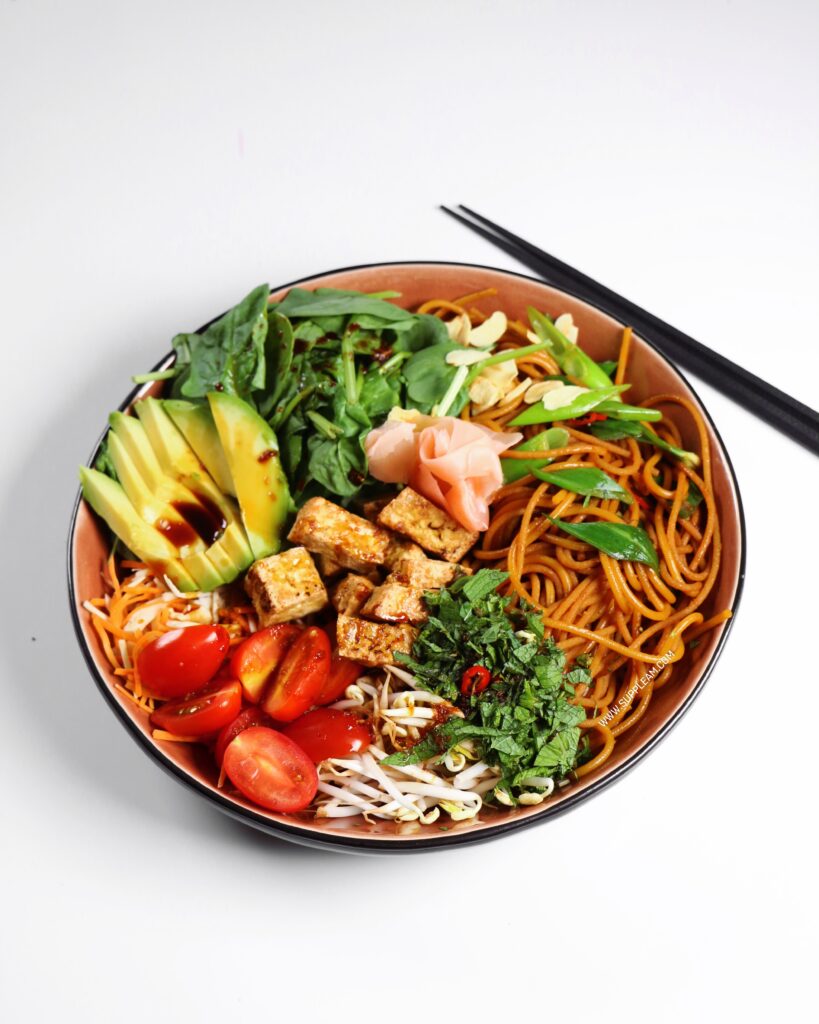
Frequently asked questions about eating vegan
Is vegan food suitable for children?
Yes, eating more unprocessed plant-based / vegan foods and less animal-based foods has even been recommended by the World Health Organisation and the Dutch Health Counsil. Eating completely vegan can also be dome by children, but it is important to make sure they get all the nutrients they need for growth and development. Getting enough daily tofu, tempeh and other legumes is important. Other importent nutrients to watch include vitamin D, vitamin B12, omega 3 and calcium. In the case of a full vegan diet, consult a pediatrician and dietitian for guidance.
Can I get enough protein on a vegan diet or lifestyle?
Yes, you can get enough protein on a vegan diet by eating larger amounts of tofu, tempeh, lupin, lentils, seitan and other grain products and possibly supplementing with a high-quality vegan protein powder.
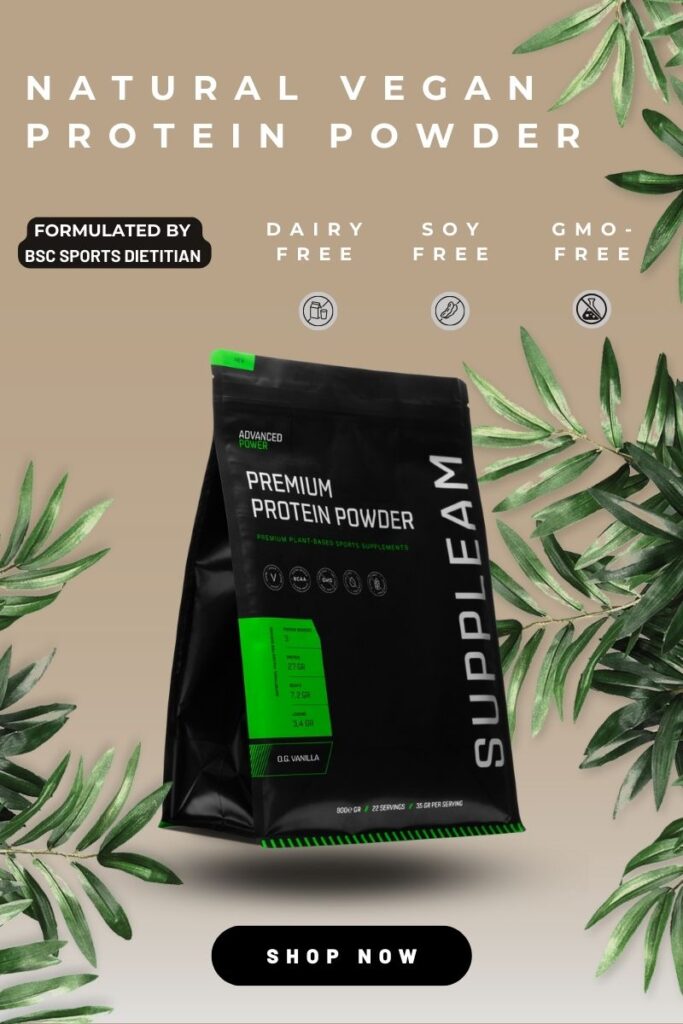
What are easy vegan recipes high in protein?
Popular vegan recipes include vegan curry with tofu, tofu scramble on bread, protein pancakes, vegan burrito with kidney beans, protein smoothie bowls, vegan pasta bolognese with protein pasta or lentil pasta, buddha bowls and vegan protein banana bread.
*What e-numbers are animal-based?
| E-numbers that are always animal-based | E-numbers that may be animal-based |
| E-120 | E-160a,d,e |
| E-542 | E161g |
| E-901 | E234 |
| E-904 | E304 |
| E-913 | E-322 |
| E-966 | E-422 |
| E-1105 | E-431 to E436 |
| E-442 | |
| E-445 | |
| E-470a,b | |
| E-471 | |
| E-472a,b,c,d,e,f | |
| E-473 to E-477 | |
| E-479b | |
| E-481 to E483 | |
| E491 to E-495 | |
| E-570 | |
| E-626 to E635 | |
| E-640 | |
| E-901 | |
| E-904 | |
| E-920 | |
| E-921 | |
| E-966 | |
| E-1517 | |
| E-1518 |

